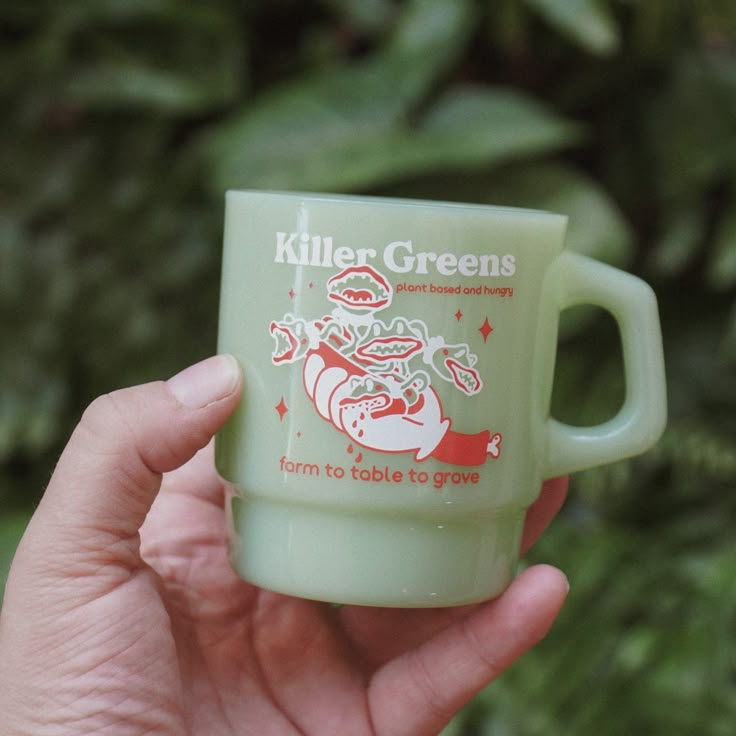Mugs come in a variety of materials, each with its own benefits and drawbacks. Whether you’re choosing a mug for daily use, gifting, or printing custom designs, selecting the right material is essential. Here’s a guide to the most common mug materials and how they compare.
1. Ceramic Mugs
Pros:
- Retains heat well, keeping beverages warm longer.
- Does not affect the taste of drinks.
- Ideal for customization, including sublimation printing and hand-painting.
- Dishwasher and microwave safe (unless decorated with metallic elements).
Cons:
- Can chip or break easily if dropped.
- Some ceramic glazes may contain lead if not properly manufactured.
Best For: Everyday use, custom printed mugs, and coffee lovers who enjoy a classic feel.
2. Porcelain Mugs
Pros:
- Elegant and lightweight, yet durable.
- Non-porous surface prevents staining and retains the original taste of drinks.
- Often features fine, detailed designs.
Cons:
- More fragile than standard ceramic.
- Typically more expensive.
Best For: Tea enthusiasts, fine dining, and those who prefer a stylish, delicate mug.
3. Glass Mugs
Pros:
- Aesthetic and allows you to see the drink inside.
- Non-reactive, meaning it doesn’t alter the flavor.
- Heat-resistant versions (e.g., borosilicate glass) are durable and suitable for hot drinks.
Cons:
- Standard glass mugs are fragile and can break easily.
- Less heat retention compared to ceramic or stainless steel.
Best For: Iced drinks, specialty coffee, or modern minimalist aesthetics.
4. Stainless Steel Mugs
Pros:
- Highly durable and resistant to breaking or denting.
- Excellent at maintaining drink temperature (both hot and cold).
- Often used in travel mugs with insulation.
Cons:
- Can sometimes alter the taste of drinks, especially acidic ones.
- Not always microwave safe.
Best For: Travel, outdoor use, and those who need temperature retention for long periods.
5. Plastic Mugs
Pros:
- Lightweight and inexpensive.
- Won’t break easily if dropped.
- Available in various colors and styles.
Cons:
- Can retain odors and stains over time.
- Some plastics may contain BPA, which can be harmful.
- Not the best for hot drinks due to heat retention issues.
Best For: Kids, outdoor use, and budget-friendly options.
6. Enamel Mugs
Pros:
- Retro and stylish appearance.
- Durable and resistant to breaking.
- Lightweight, making it great for camping and travel.
Cons:
- Can chip over time, exposing the metal underneath.
- Not as insulating as ceramic or stainless steel.
Best For: Camping, rustic aesthetics, and those who love a vintage feel.
7. Bamboo or Eco-Friendly Mugs
Pros:
- Environmentally friendly and biodegradable.
- Lightweight yet durable.
- Unique natural aesthetic.
Cons:
- Not always dishwasher safe.
- Can absorb flavors and odors over time.
Best For: Sustainable living enthusiasts and those looking for an eco-friendly alternative.
Final Thoughts
Choosing the best mug material depends on your needs and preferences. If you want a classic everyday mug, ceramic is a great choice. For those who travel often, stainless steel offers durability and insulation. If style and elegance matter, porcelain or glass might be your best bet. Consider your lifestyle, drink preferences, and how often you’ll use the mug before making your final decision!

